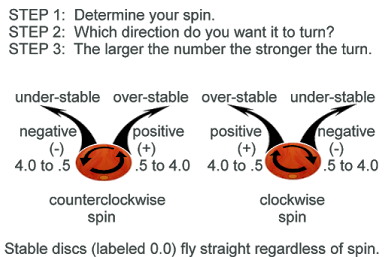Julie from
Scientific Chick wrote an essay (
A Pink Truck is Still a Truck) attempting to explain (to non-science people, like me) some recently published research which, as she put it, 'left her with more questions than she started with.' She cites a study by a couple of University of Cambridge researcher's, which attempts to explain that, while very young children have no gender-based color preferences, little boys prefer to look at images of
trucks cars and little girls prefer to look at images of dolls.
Although the researcher's published
abstract initially states: "...
Girls looked at dolls significantly more than boys did and boys looked at cars significantly more than girls did, irrespective of color ... These outcomes did not vary with age..." they later contradict themselves by saying, "...
both boys and girls preferred dolls to cars at age 12-months...".
Which is probably why Scientific Chick decided to simplify things when she wrote, "...
The researchers found that boys preferred cars and girls preferred dolls. No big surprise there ... " I thank Julie for eliminating the confusion, and although facts were left on the cutting room floor, it seems the researchers themselves drew first blood on those facts.

But—more important—Julie's larger unanswered question: Why do we buy pink for girls and blue for boys?
A few years ago,
Cecil Adam's The Straight Dope answered the question:
Was Pink Originally the Color for Boys and Blue for Girls? Cecil answered in the affirmative, with "
some thought so" and a "
century ago some old magazine printed it," but his lengthy explanation still splashed solidly into the vague non-answer range of: "Nobody really knows (where blue-for-boys and pink-for-girls comes from)".
I propose the reason was—and still is—homophobia. The pink-blue "switch" occurred following WWII when the Nazi's required homosexuals to wear a pink triangle sewn or pinned to their clothing.
I recall old pictures and paintings of children who (as detailed by the above
Straight Dope answer) all wore white dresses. Rare for
The Straight Dope, they included a rhetorical question in the middle of their pink-or-blue article:
Why no attempt to discriminate further? ... Perhaps mothers decking out their little boys in dresses thought: They’ll get to be manly soon enough.
There. Right there. Passive aggressive homophobia, written large in 2008, by Cecil Adams. Unusual for
The Straight Dope (unless...it's both a font of arcane trivia and, literally, staffed by straight dopes).

Since I'm pointing out the prejudice and factlessness of others, I'll give-a-go at including some truthiness: With zippers (1930), snaps (1885), and velcro (1955) decades or centuries away, can anyone use deductive reasoning to explain why mothers of yesteryear clothed their infants and toddlers in dresses and skirts regardless of gender? If you are stumped because deductive reasoning is predominantly outsourced to some form of Wiki, consider the diaper and toilet-training in the button-n-pin era...without stretchy cloth or rubber pants or indoor plumbing. If it was me, my entire brood of little shatters would have been restricted to the lawn from dawn to dusk; bare bottomed year-round, barefoot with skirts in the summer, leather footwear under long dresses in the snow.
The researcher's concluded (and Julie summarized that conclusion in layman's terms) that they, "
could not draw any conclusions on whether this behavior was learned or innate".
This discourages me in an abject, why-am-I-not-surprised, kinda way. And not just because their published results clearly suggests—at least to this layman—that the behavior of looking longer at cars (boys over 12 months) and at dolls (all girls) is
learned. Because when every year old infant prefers to look at dolls and then most of the boys between 18 to 24-months old
changed their preference and looked longer at cars...that quacks and walks like a learned behavior duck.
But the biggest reason I'm discouraged by all this, is because real doing-science researchers couldn't find a group of children, in the entire world, who hadn't already been gender-role tainted. Because...there are no 12-24 month old children who've not already watched television or played with plastic never-important-toys? No Nigerian or Brazilian or Alaskan or Native American or Aboriginal group—anywhere—which hadn't already tainted every one of their toddlers with Tonka-Barbie (I originally included "Amish", in this off-the-cuff list but deleted it during proofreading because 'homophobic Amish' is redundantly redundant. Amish fathers probably spank their six-month old sons when they look at a broom). Nor, most surprisingly, could these researchers locate any alt-lifestyle-neohippy-Americans who've intentionally raised their young progeny without exposure to TV, gender specific toys, or commercialized society.
Oh and the A to my titular Q: No, he could have once been a toddler who's preference for images of dolls, over cars, never flagged. (I include this because, even I have gender role prejudices.)
Failure is, in a sense, the highway to success, inasmuch as every discovery of what is false leads us to seek earnestly after what is true, and every fresh experience points out some form of error which we shall afterward carefully avoid. — John Keats
 An I’d hoped to come visiting again sooner. And you—of all people—know how they get. And, well, I just can’t borrow a horse to go gallivanting whenever I desire.
An I’d hoped to come visiting again sooner. And you—of all people—know how they get. And, well, I just can’t borrow a horse to go gallivanting whenever I desire. 


















































